Russia begins counter-offensive in Kursk
Several weeks after Ukraine attacked and occupied a territory of more than 1,000 square kilometers in Russia's Kursk region, the battlefield is in a stalemate, with little change.
With Russia sending some 3,000 more troops to bolster its defences – up to 30,000 soldiers – Ukraine's advance has all but stopped and Kiev has focused on consolidating its positions in the territory it controls.
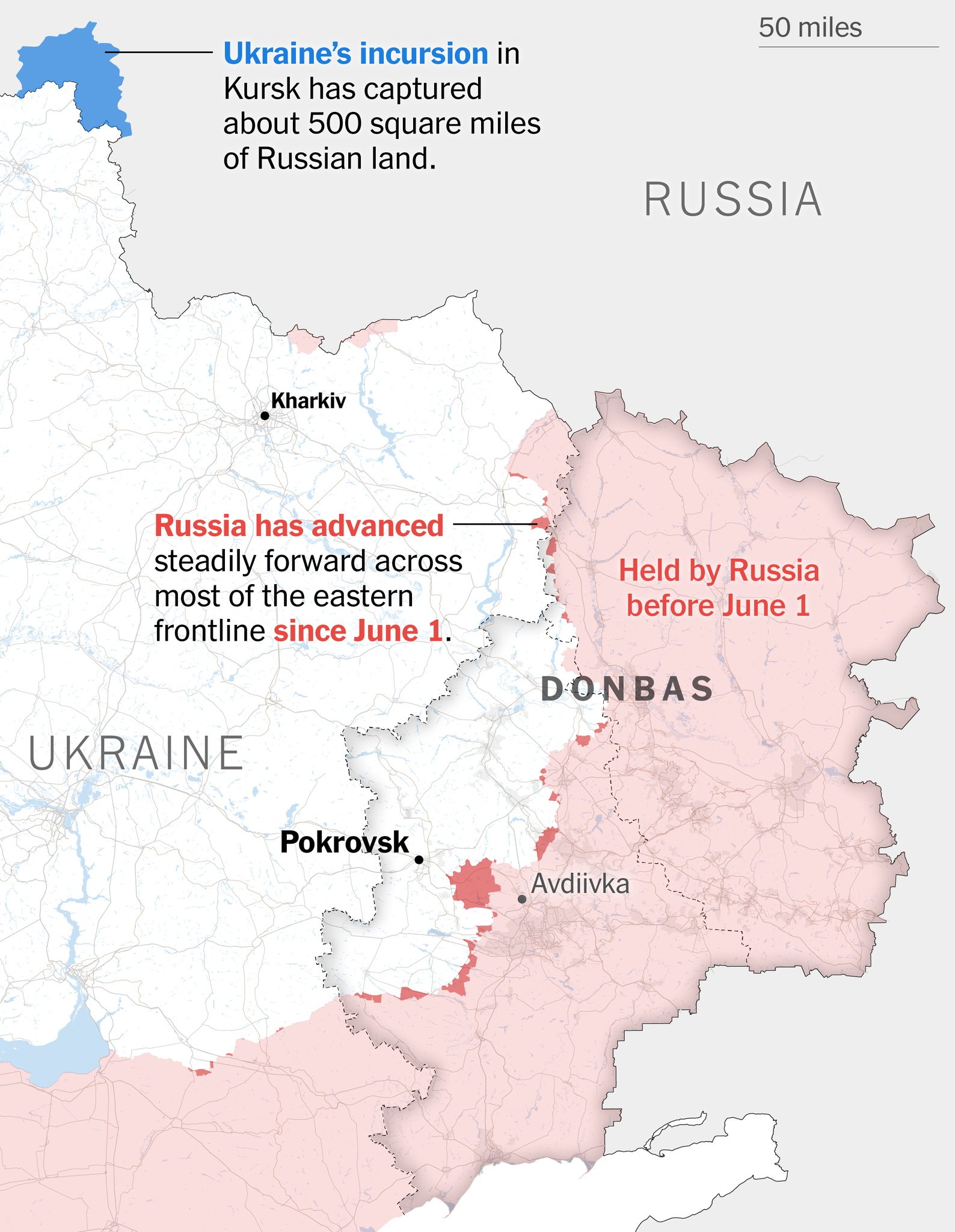
The territory in Kursk that Ukraine captured after the August 6 offensive (in blue, above) and eastern Ukraine, where Russia has been steadily advancing, with its latest target being Pokrovsk. Photo: New York Times
But Kursk has seen major upheaval in recent days as Moscow has launched a coordinated counter-offensive. Battlefield maps published by independent groups based on satellite imagery and frontline footage show Russian troops have reclaimed some territory around the Ukrainian-held bulge.
In particular, Russia has opened a small border into the western edge of the Ukrainian-controlled territory, retaking at least one village (Snagost) and several other settlements. Videos posted on social media showed some soldiers raising the Russian flag in Snagost and moving freely through the village to enter Krasnooktyabr'skoe, a nearby settlement.
Russia's Sputnik news agency reported that to gain more than 1,000 square kilometers in Kursk, the Ukrainian side had to pay a heavy price. "Since the start of fighting in the Kursk region, the Ukrainian armed forces have lost more than 14,200 soldiers, 119 tanks, 45 infantry fighting vehicles, 91 armored personnel carriers, 743 armored fighting vehicles, 445 vehicles, 103 artillery pieces," Sputnik said.
Ukraine is in a weak position on the eastern front.
Last month, Ukrainian military commander-in-chief Oleksandr Syrskyi said that one goal of the cross-border offensive on Kursk was to force Russia to move troops away from the front line in Ukraine to rescue Kursk, thus relieving pressure on Ukrainian troops on the eastern front.
But so far, Russia has withdrawn only a limited number of experienced units from the battlefield in eastern Ukraine, according to Western military analysts and officials. Instead, it has sought to defend its territory and launch counterattacks with combat units largely mobilized from within the country. Russia has kept the bulk of its forces in Ukraine to continue its offensive.
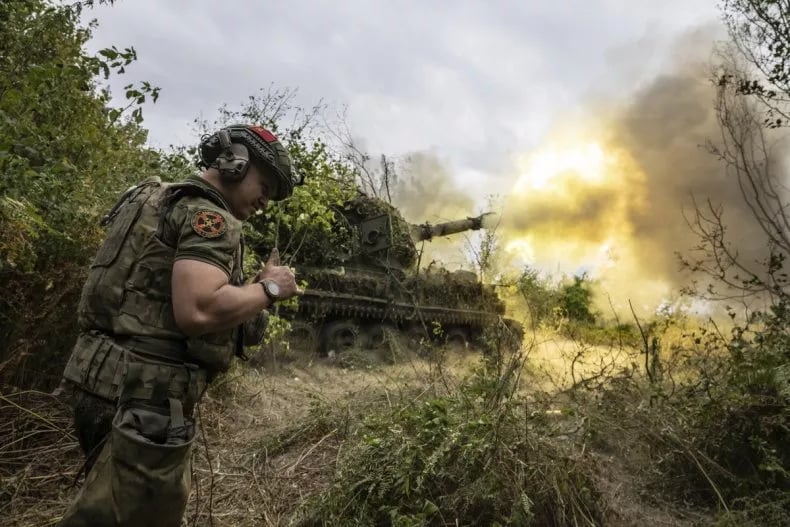
Russian soldiers fire a 2S3 Akatsiya self-propelled howitzer towards Ukrainian positions. Photo: Newsweek
This is especially true near Pokrovsk, a strategic town in eastern Ukraine that Russian forces have steadily closed in on over the past few weeks despite Ukraine’s offensive into Russia. Russian forces are now less than 10 kilometers from Pokrovsk, a key Ukrainian rail hub that lies on a major road that connects several cities forming a defensive arc that protects the remaining Ukrainian-held territory in the Donetsk region.
The pace of Russia’s advance toward Pokrovsk has slowed somewhat recently as it focuses on breaking through Ukraine’s main defenses around the city. These defenses include a network of trenches, anti-tank obstacles and troops positioned on favorable terrain, said Emil Kastehelmi, an analyst at the Finland-based security firm Black Bird Group.
Despite the Russian military’s slowdown, Pokrovsk is unlikely to fall as Ukraine has been unable to replenish its troops and provide fire support to the city. While attacking Ukrainian defenses around Pokrovsk, Russian forces have also advanced further south, targeting the town of Kurakhove, from multiple directions to encircle the enemy, according to the New York Times.
“Russia will likely strike hard and maintain sustained pressure on Ukrainian units there, knowing that any significant gains in Donetsk are unlikely to come quickly,” said security analyst Kastehelmi. “The window of opportunity is wide open, and Russian forces will exploit newly emerging gaps in Ukraine’s defenses.”
Both sides increased air strikes.
On other fronts, Russia is conducting a series of airstrikes targeting Ukraine’s energy infrastructure, particularly power plants in the Sumy region. The Ukrainian Air Force said that in the most recent attack on the region’s energy facilities, Russia used 51 drones and at least four cruise missiles.
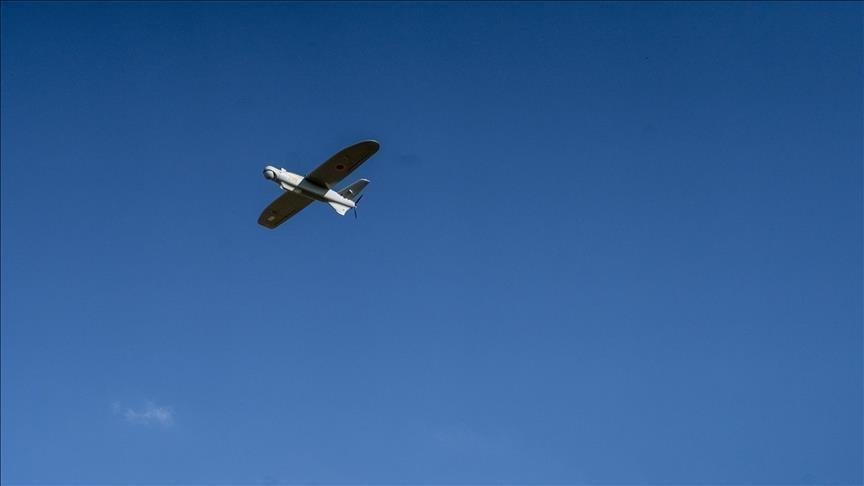
A Russian armed drone on its way to attack the Sumy region, Ukraine. Photo: Anadolu Ajansi
In addition to Summy, Russia has also stepped up airstrikes on urban centers across Ukraine in recent weeks. Cities such as Kiev, Kharkiv, Kryvyi Rih and Poltava have been targeted in frequent bombardments.
As a result, Ukraine's energy grid has been severely damaged by months of attacks, to the point that experts and officials have warned that power cuts are inevitable this winter.
Outnumbered and outgunned on the battlefield, the Ukrainian government has argued for months that one way to disrupt Russian military operations would be to launch airstrikes on military bases deep inside Russian territory where Moscow launches or prepares attacks.
In recent weeks, Ukraine has attacked Russian oil refineries, power plants, airports and military facilities in an attempt to disrupt enemy logistics. Some attacks have also targeted urban centers, such as the Moscow region last week.
So far, Ukraine has used only domestically produced weapons, mainly drones, to launch attacks deep inside Russia. And the damage to Kiev has been quite heavy. In Ukraine’s September 10 airstrikes, Russia said it destroyed at least 20 Ukrainian drones over Moscow and 124 in eight other regions.
In response, Ukraine is pressing its allies to use longer-range, more powerful missiles supplied by the West to strike deep into Russian territory. “We have explained to all our partners why Ukraine really needs long-range capabilities,” President Volodymyr Zelenskyy said on Sunday.
Quang Anh
Source: https://www.congluan.vn/nga-phan-cong-o-kursk-ukraine-yeu-the-tren-mat-tran-phia-dong-post312923.html


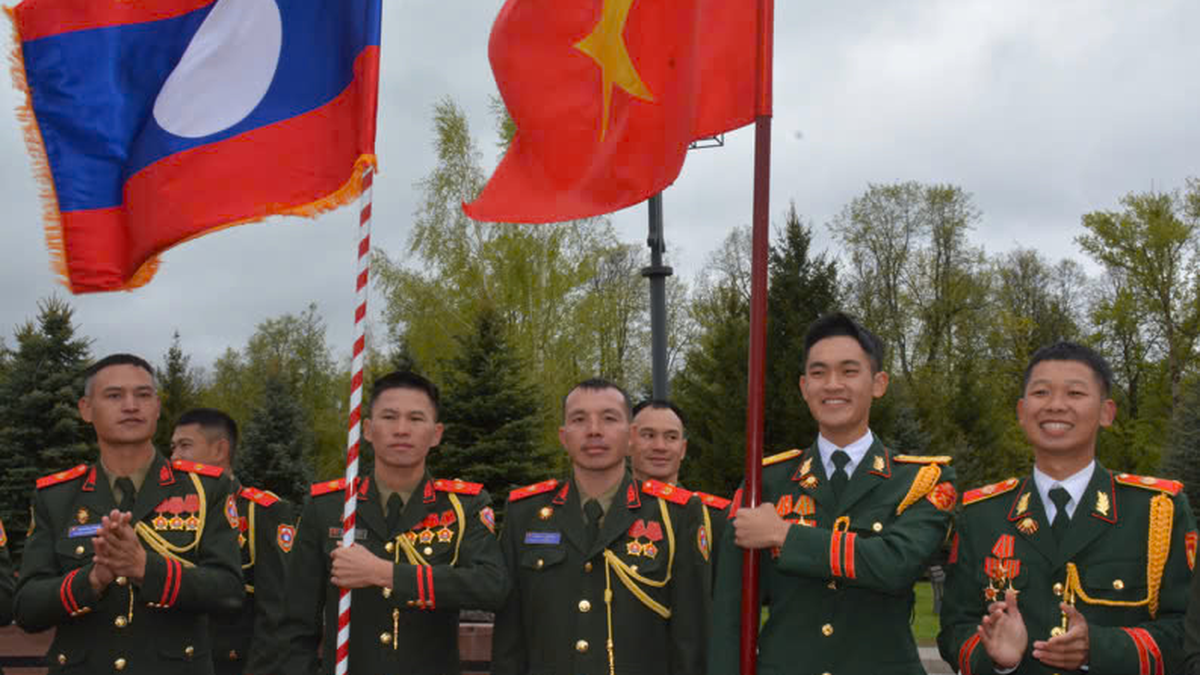
![[Photo] General Secretary concludes visit to Azerbaijan, departs for visit to Russian Federation](https://vphoto.vietnam.vn/thumb/1200x675/vietnam/resource/IMAGE/2025/5/8/7a135ad280314b66917ad278ce0e26fa)
![[Photo] General Secretary To Lam begins official visit to Russia and attends the 80th Anniversary of Victory over Fascism](https://vphoto.vietnam.vn/thumb/1200x675/vietnam/resource/IMAGE/2025/5/8/5d2566d7f67d4a1e9b88bc677831ec9d)
![[Photo] Prime Minister Pham Minh Chinh meets with the Policy Advisory Council on Private Economic Development](https://vphoto.vietnam.vn/thumb/1200x675/vietnam/resource/IMAGE/2025/5/8/387da60b85cc489ab2aed8442fc3b14a)
![[Photo] President Luong Cuong presents the decision to appoint Deputy Head of the Office of the President](https://vphoto.vietnam.vn/thumb/1200x675/vietnam/resource/IMAGE/2025/5/8/501f8ee192f3476ab9f7579c57b423ad)
![[Photo] National Assembly Chairman Tran Thanh Man chairs the meeting of the Subcommittee on Documents of the First National Assembly Party Congress](https://vphoto.vietnam.vn/thumb/1200x675/vietnam/resource/IMAGE/2025/5/8/72b19a73d94a4affab411fd8c87f4f8d)



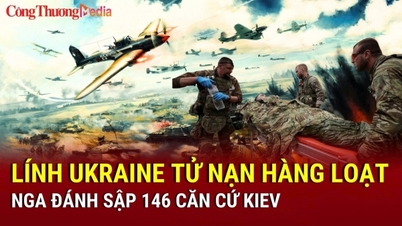
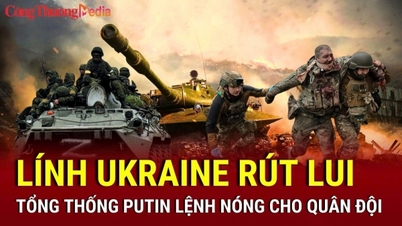


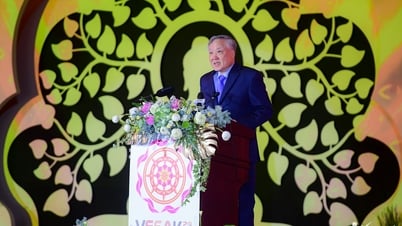
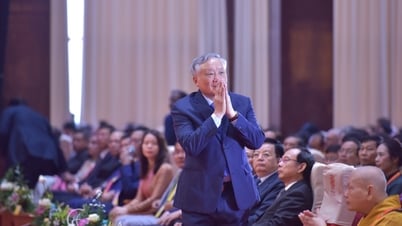

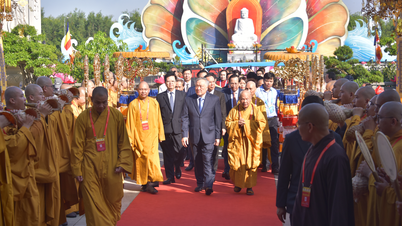

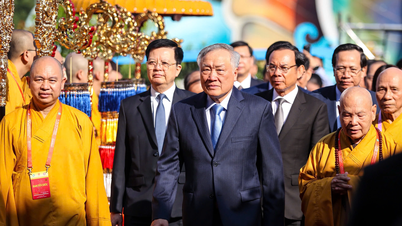




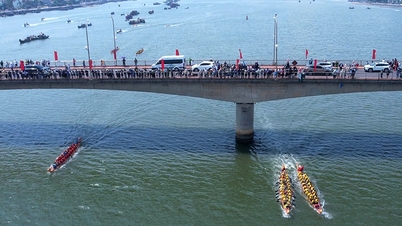
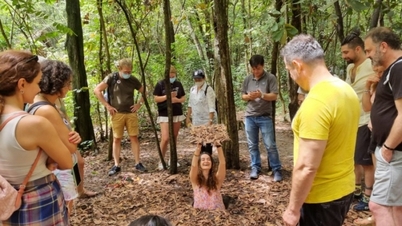

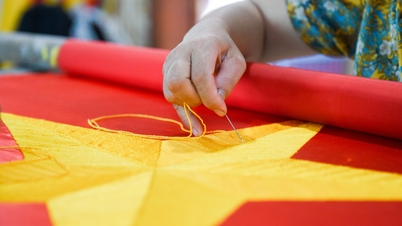





















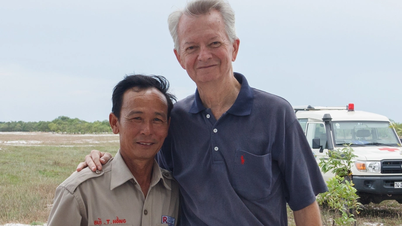











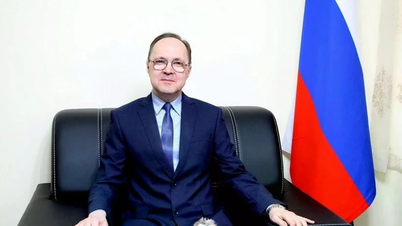
![[Photo] Prime Minister Pham Minh Chinh talks on the phone with Singaporean Prime Minister Lawrence Wong](https://vphoto.vietnam.vn/thumb/402x226/vietnam/resource/IMAGE/2025/5/8/e2eab082d9bc4fc4a360b28fa0ab94de)
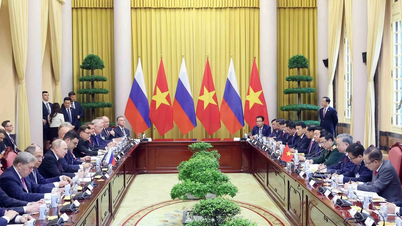






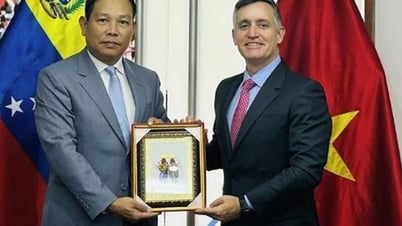






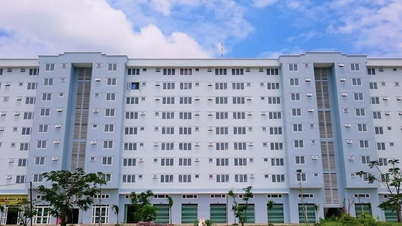
















Comment (0)